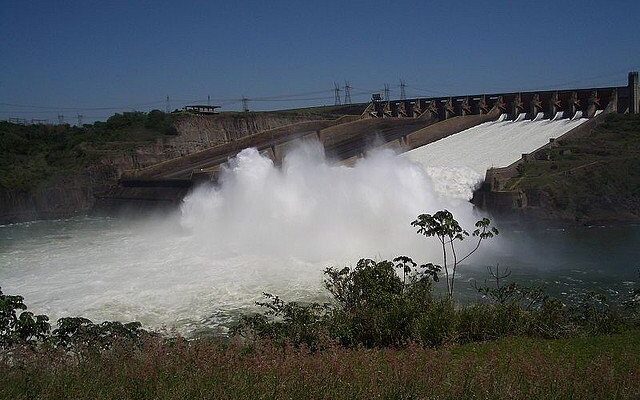Itaipu Dam
This attraction is related to the countries:BrazilParaguayItaipu Dam on the border of Brazil and Paraguay is the most powerful hydropower structure in the world. Construction began in 1971, and within 12 years the giant turbines began generating electricity.
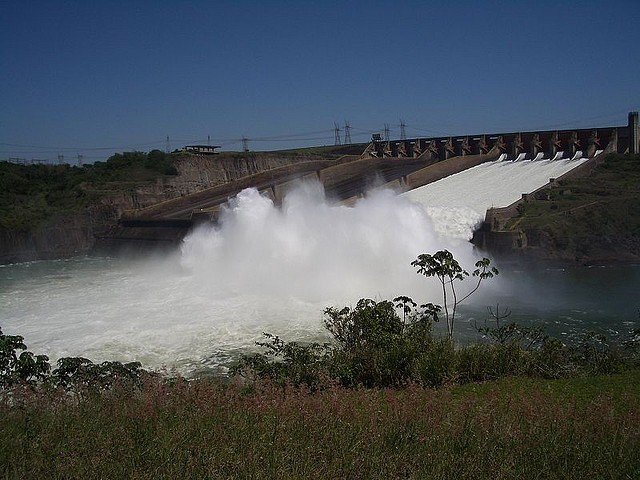
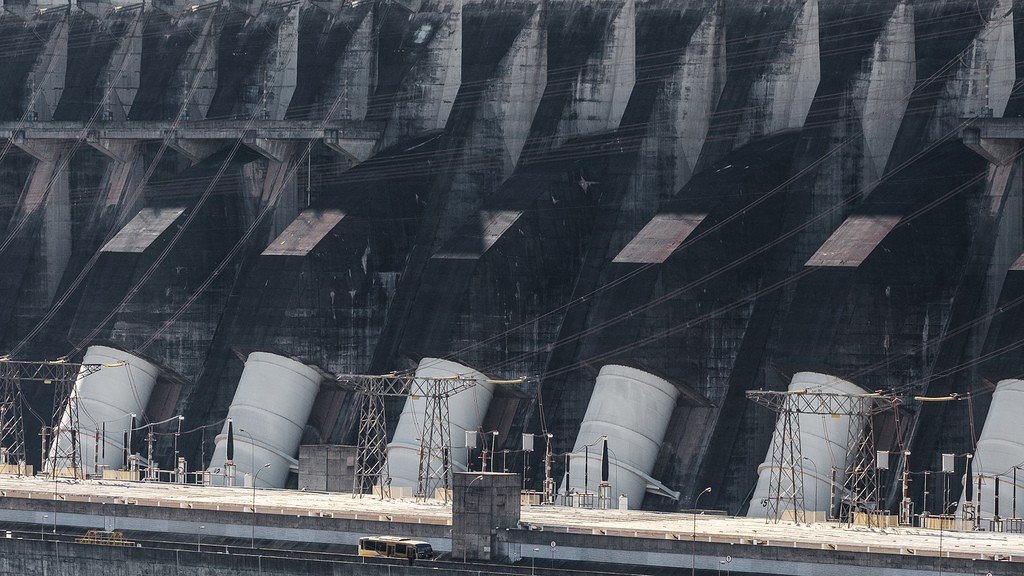
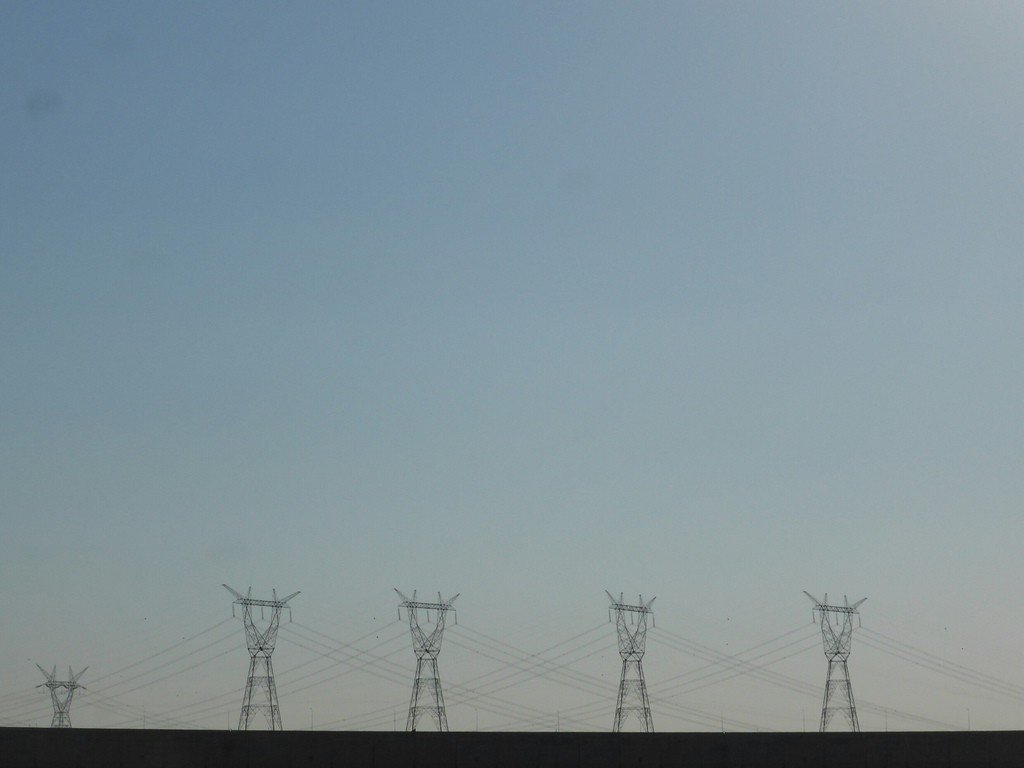
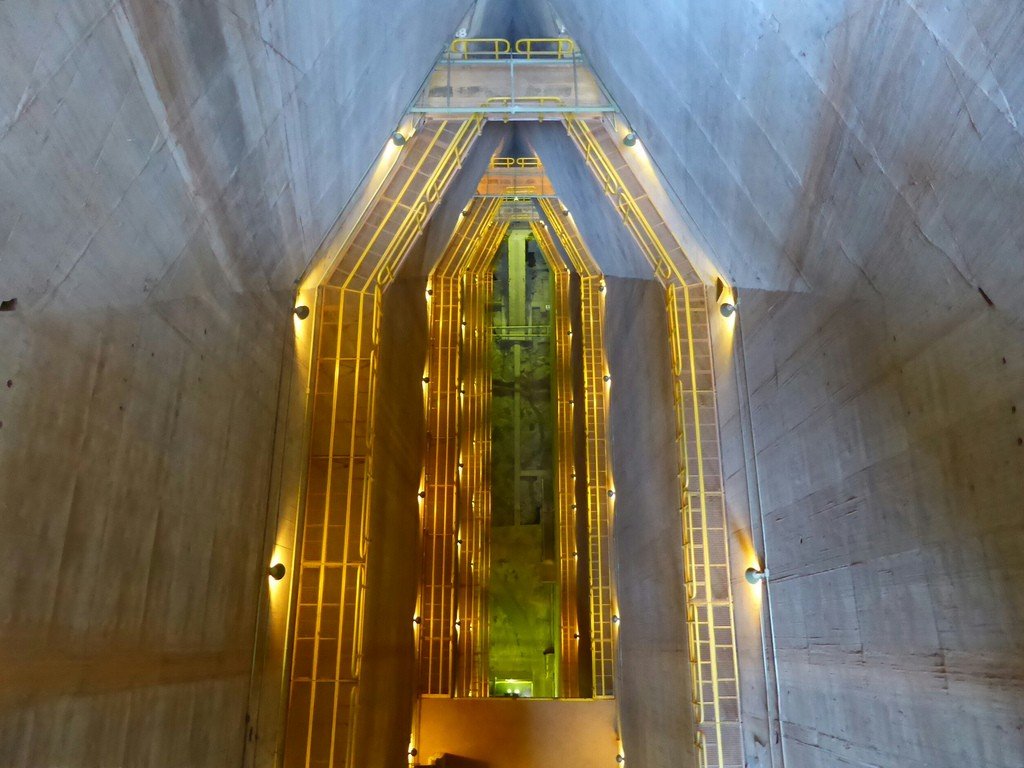

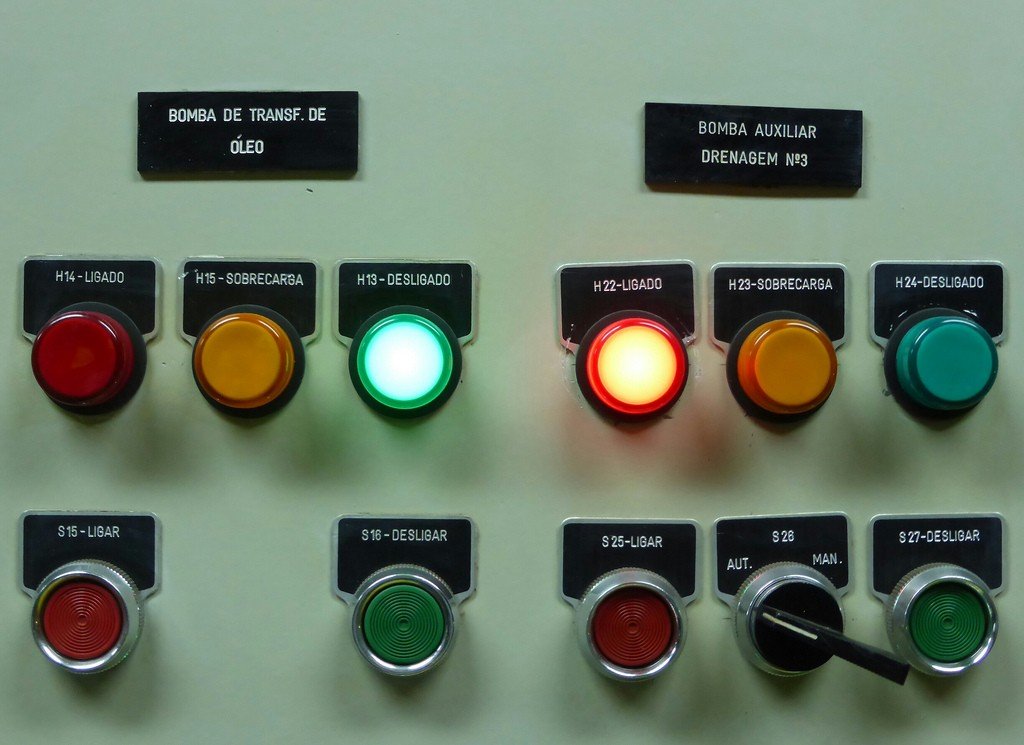
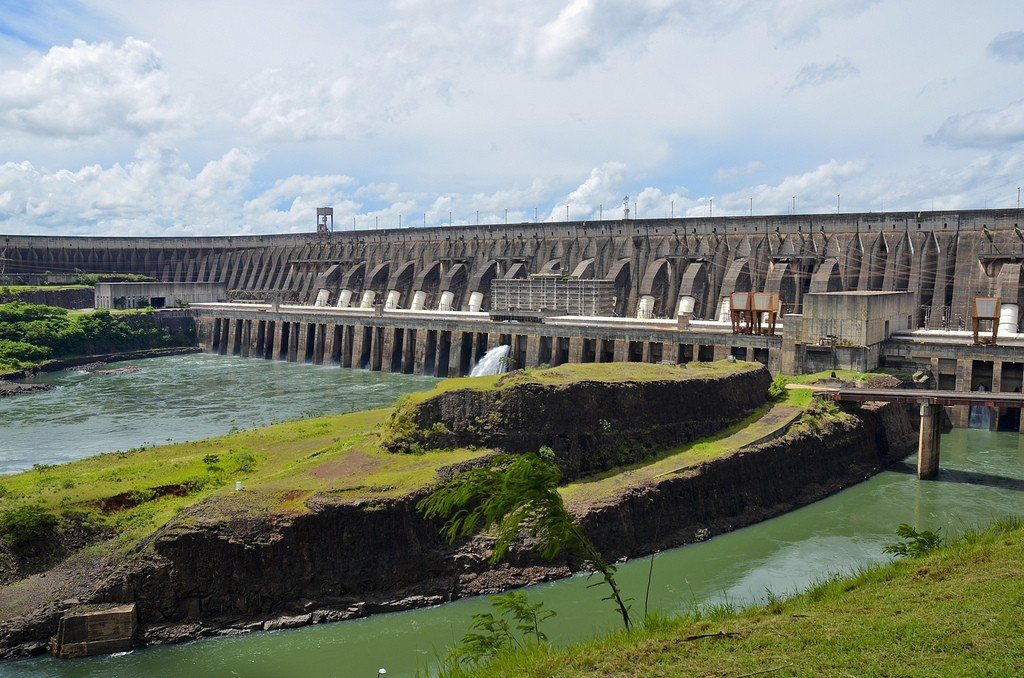
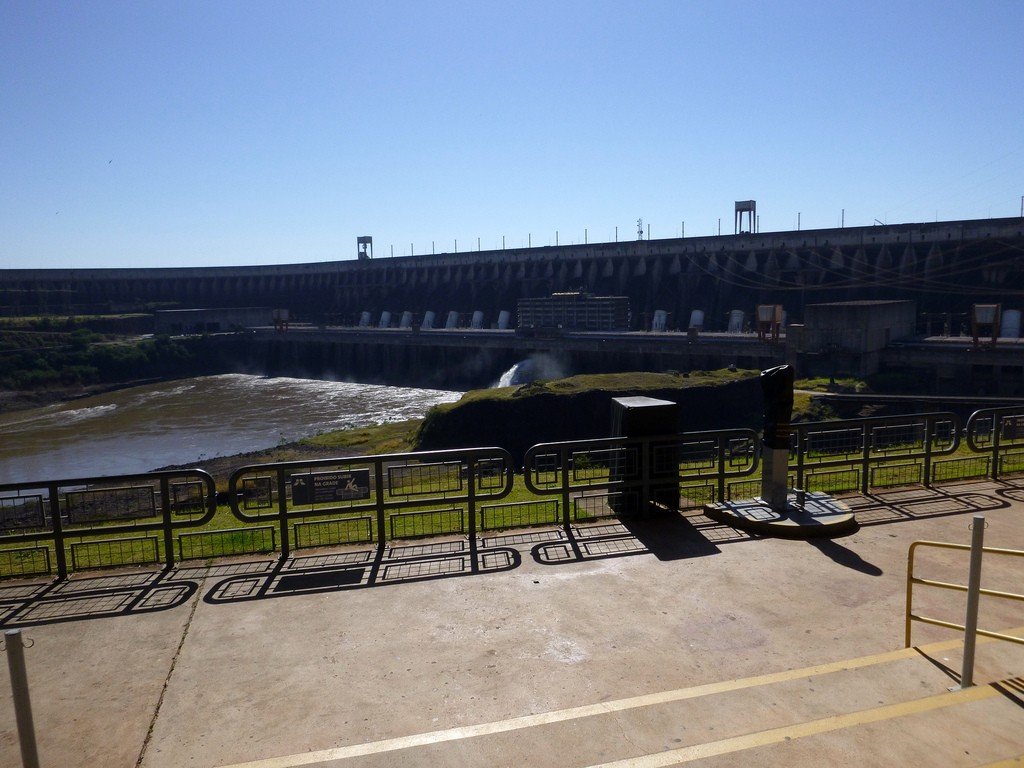
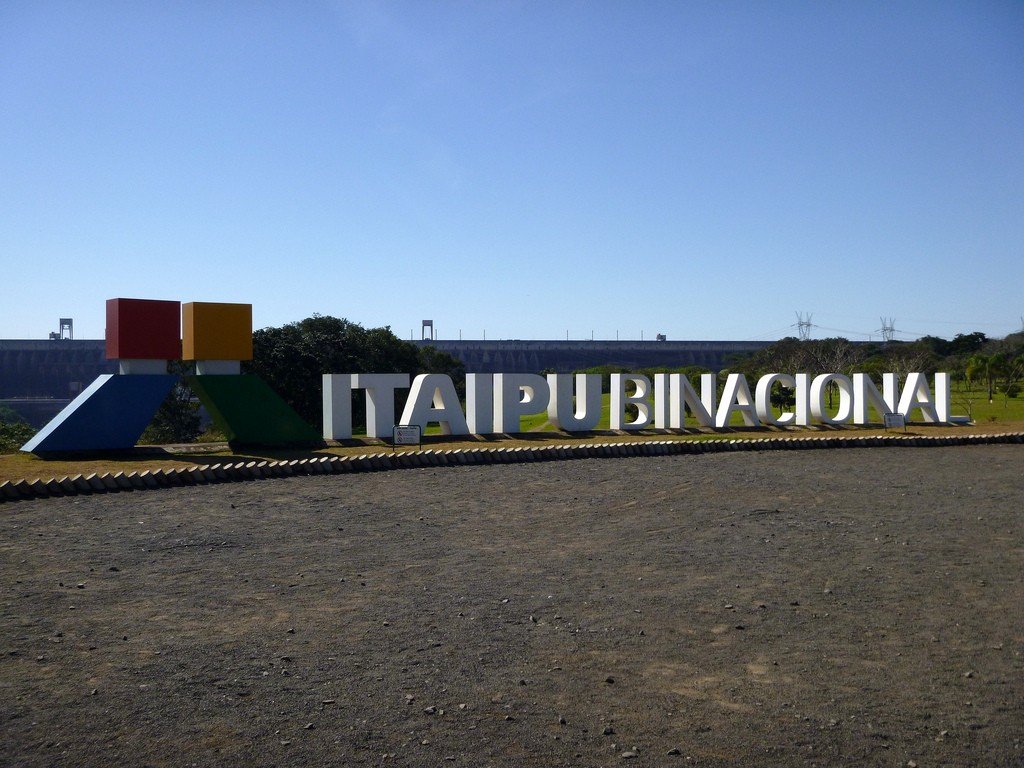
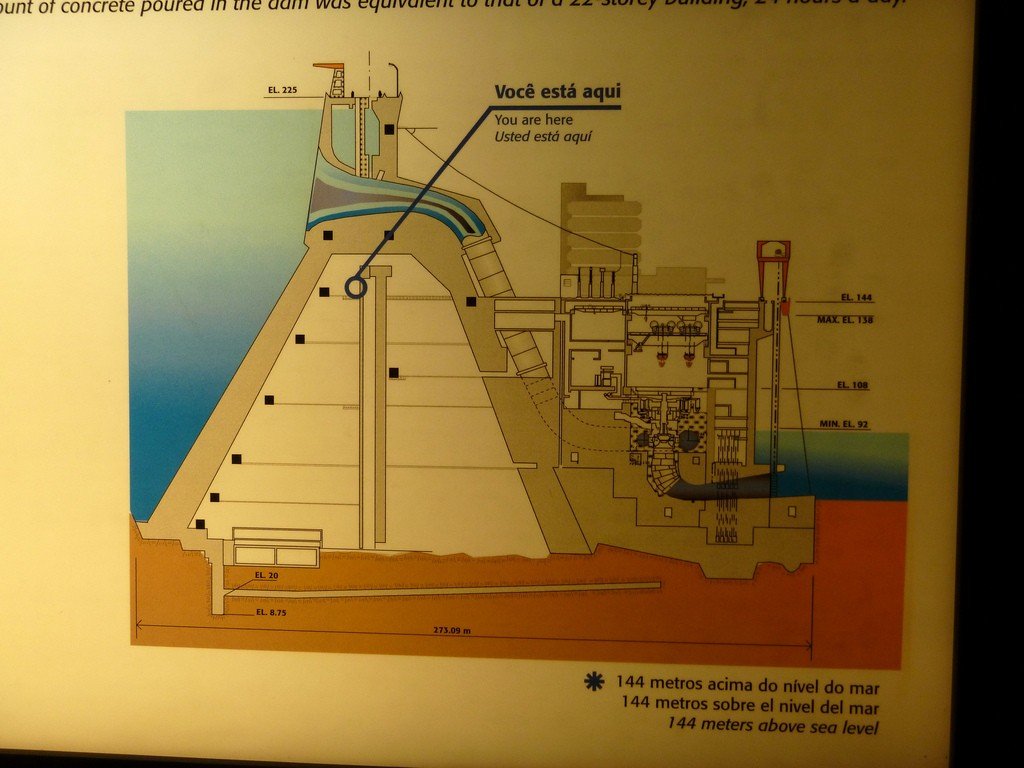
General Information
In the language of the local Guarani Indian tribe, Itaipu means “Singing Stones”. Planning for the world’s largest hydroelectric power plant began back in the mid-1960s, when it was decided to put a barrier on a 170-kilometer stretch of the Paraná River, marking the border between Brazil and Paraguay, between two waterfalls: the Seti-Kedas and Iguaçu. On April 26, 1973, Brazilian President Medici and Paraguayan President Stressner signed a contract for the construction of the gigantic complex, under which Brazil assumed the brunt of the financing of this extremely expensive mega-project. In return, Paraguay pledged to supply Brazil with free electricity until it reimbursed the construction costs. In total, the construction of Itaipu cost $20 billion dollars.
.Nearly 30,000 people labored to build the dam. They had to pour as much concrete into it as would be enough to rebuild a city like Rio de Janeiro. And the steel and iron spent on the structure’s frame could have been used to build 380 more Eiffel Towers. The dam’s 196-meter-high main wall is equal to a 65-story skyscraper.
.The Itaipu Dam was completed on October 13, 1983. After only 2 weeks, its reservoir was already filled to a depth of 100 m.
The dam was completed on October 13, 1983. As soon as the Itaipu reservoir was filled to its full capacity, the giant turbine was started up and power generation began. Since 1991, 18 huge turbines have been commissioned and the power plant started operating at full capacity, producing 14,000 MW of electricity. In 2007, 2 more turbines were commissioned. Every second 62,200 cubic meters of water falls from the turbines. One such turbine is capable of providing electricity to a city of 1.5 million people.
.The main wall of the Itaipu Dam is 196 meters high and 7.7 kilometers long. The power plant with 20 turbines is entirely built into the central part of the dam. It is 968 m long, 100 m wide and 112 m high! The static turbine diameter of this power plant is 16 meters. In 2008, the power plant set a world record for the amount of electricity produced in a calendar year, generating 94,684 kWh, double the previous record. The only competitor to the Iguazu power plant is the Three Gorges power plant on the Yangtze River in China.
.Today, the Iguazu hydroelectric plant produces most of the energy consumed by Brazil and Paraguay. The shores of the resulting 1,400 square kilometer reservoir have become a tourist attraction and have become a very popular recreational area.
.
Facts
- Name: Officially, the Itaipu Dam is called Binational (“Binational”). .
- Dimensions: The dam wall is 7.7 kilometers long and 196 meters high. It holds back a water column 190 meters deep. Under normal conditions, the depth of Itaipu Reservoir is 100 meters at its deepest point. The dam holds 29 million cubic meters of water. .
- Reservoir size: The artificial reservoir has an area of 1,460 square kilometers. Its length is 170 kilometers and its width is 7-12 kilometers.
- Mass of water: About 62,200 cubic meters of water per second passes through 20 turbines, this produces 1,4,000 MW of electricity at the outlet. In 2008, Itaipu set a new world record for electricity generation in a calendar year: almost 95 billion kWh. Construction materials: About 15.57 million cubic meters of concrete went into the Itaipu complex..
